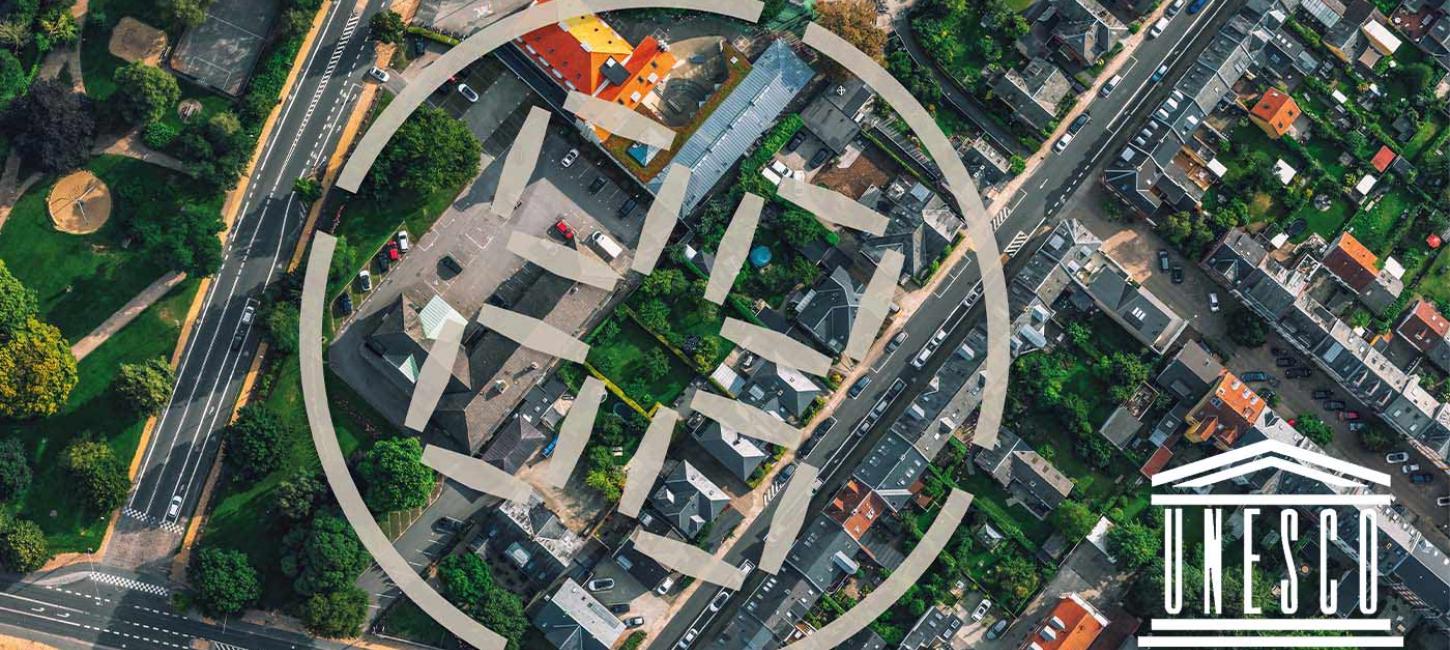
Denmark's 5 ring castles - 5 experiences
Walk in the footsteps of royalty and the Vikings when you visit Nonnebakken on Funen, Trelleborg and Borgring on Zealand and Fyrkat and Aggersborg in Northern Jutland.
Odense's Viking castle, Nonnebakken, has been designated a UNESCO World Heritage Site along with Denmark's four other ring forts
With its central role in the formation of the Danish kingdom and its physical size, Odense's 1,000-year-old Viking castle Nonnebakken is by far Odense's largest and most important ancient monument. The castle is well-preserved underground and is now Funen's first UNESCO World Heritage Site. The designation is along with four other Danish ring castles: Aggersborg near Løgstør, Fyrkat near Hobro, Trelleborg near Slagelse and Borgring near Køge.
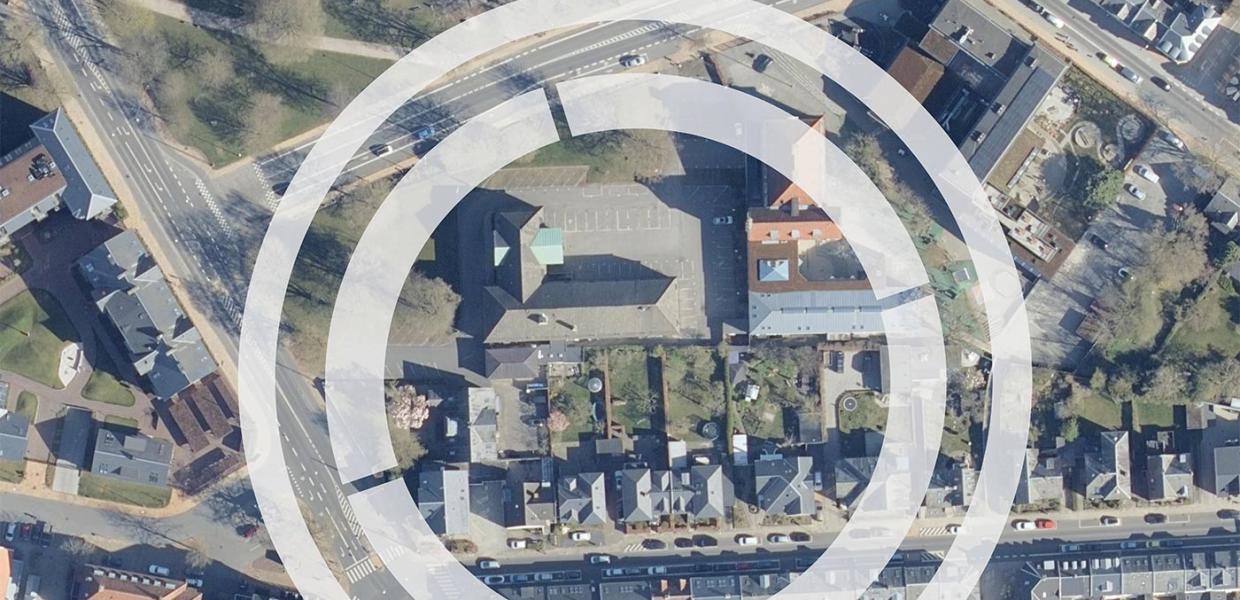
Photo:Odense Kommune
Viking Age royal power is under pressure. King Harald Bluetooth may have unified the kingdom and made the Danes Christian, but rebellion and unrest are smouldering. At the same time, the German emperor is haunting the southern border. Harald Bluetooth needs military bases to demonstrate his power against both internal and external pressures.
The king therefore built a series of spectacular ring forts around 980, including Aggersborg, the first of which was built in the late 970s. The ring forts represent the first Danish royal castles, and with their impressive and uniform geometric structure, they testify to the Vikings' highly developed technical expertise and organisational skills.
Nonnebakken - the last Viking king
Odense is the place where the Viking Age can be said to have ended when the last Viking king, Cnut the Holy, was killed in 1086 in the then Albani Church and later canonised. The skeleton of Cnut the Holy and his brother Benedict lies in the cathedral's crypt, which is open to the public. The city has roots in the Viking Age, as the name Odense means Odin's We - a sacrificial grove to Odin. Incidentally, Nonnebakken is the only ring fortress that has since become part of a city, as the fortress is located underground in the centre of a vibrant metropolis. The Viking Age can be experienced in exhibitions at the city museum, TID, which has a special exhibition on Nonnebakken. Odense as a Viking city can be experienced via a route where Viking sites and the museum with authentic finds can be reached within a short walk, and the period is communicated via podcasts and signage along the way.
Facts:
- The inner diameter of the ring castle is 120 metres.
- Museum Odense, Overgade 48, 5000 Odense C

Photo:Destination Himmerland
Aggersborg - the landscape of power
Aggersborg is the oldest of the Viking Age ring forts. Built on a hillside in one of the narrowest parts of the Limfjord, it stood out in the landscape as an impressive structure with 48 longhouses within the ramparts. Aggersborg stands out for being significantly larger than the other four Danish ring castles, which must be due to its strategic location on the most important traffic lifeline of the time, the Limfjord. From the castle, traffic and trade between east and west, north and south could be controlled.
Unlike the other ring forts, Aggersborg has both a well-documented past and, not least, a well-documented present. Before the castle was built, it was a lively trading centre with a manor house. After the ring castle was abandoned, the area became a royal estate, and the current listed manor house, Aggersborggård, is the last part of Aggersborg's long history.
Experience the magnificent view of the landscape and the Limfjord, walk past the listed manor house, Aggersborggård, on the recreated rampart and visit the small exhibition centre. During the summer holidays, the museum's guides are on site and the last weekend in August is the annual Viking craftsmen's meeting. Download the 'Aggersborg' app in Google Play or the App Store.
Facts:
- The inner diameter of the ring castle is 240 metres.
- Vesthimmerlands Museum, Aggersborg, Thorupvej 13, 9670 Løgstør
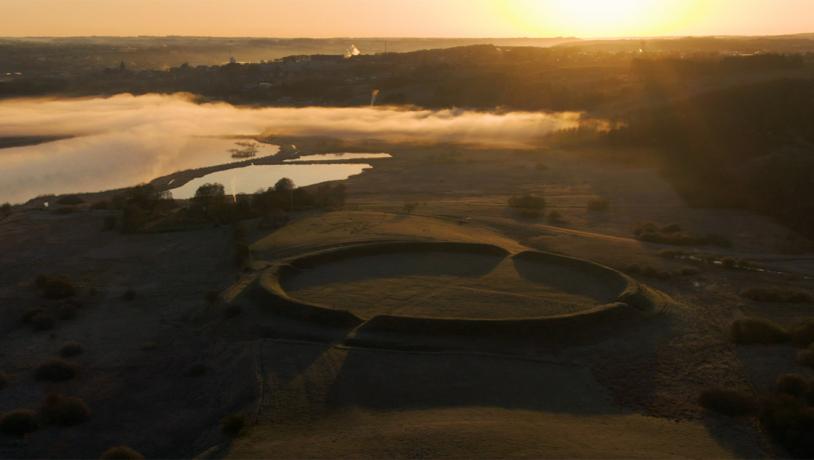
Photo:Nordjyske Museer
Fyrkat - from Ásatrú to Christianity
Fyrkat's history is conveyed in the landscape, and visitors can experience a full-sized longhouse and a reconstructed manor house that also serves as a visitor centre. During the excavation of Fyrkat, archaeologists found 30 graves containing men, women and children. All were buried in Christian graves - except one. One female grave stood out as the woman was buried with unusual jewellery and objects that suggest she was a völva - a sorceress from the pagan faith. The discovery at Fyrkat emphasises the changing times of the ring castles, when Harald Bluetooth turned his back on atheism and became a Christian.
Facts:
- The inner diameter of the ring fortress is 120 metres.
- Nordjyske Museer, Fyrkatvej 37B, 9500 Hobro
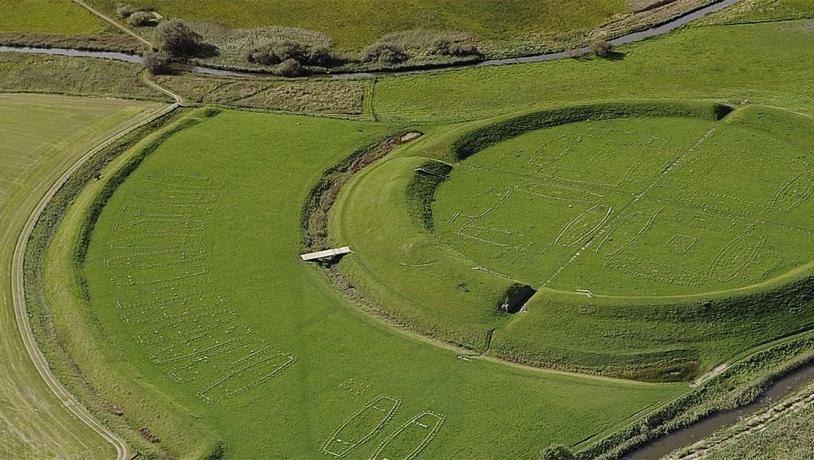
Photo:Danmarks Nationalmuseum
Trelleborg - in the heat of battle
In its heyday, 500-800 men fortified the Viking castle Trelleborg. It covered a total area of 6 hectares, equivalent to 12 football pitches, and included both an inner castle and an outer castle. Today, the museum features indoor and outdoor exhibitions, a shop, the Viking village Slagløse and the reconstruction of a longhouse, one of the oldest reconstructions in the world.
Trelleborg is the best fortified and best preserved ring fortress. Here, 31 houses have been found and, something very special: Denmark's only wooden round shield from the Viking Age. Trelleborg's burial ground contains at least 135 graves with 157 dead, including three mass graves with a total of 20 bodies. The dead appear to have been men between the ages of 20 and 35. One of the graves contained the bodies of ten people, one of whom had had one leg cut off above the knee. Perhaps these warriors had fallen in battle? Although there is a predominance of younger men in the graves, middle-aged men, women and children are also buried in the cemetery.
Experience experimental archaeology, hands-on activities and enlivening events, including the annual Viking Festival in July.
Facts:
- The inner diameter of the ring castle is 136 metres.
- Trelleborg, Trelleborg Allé 4, Hejninge, 4200 Slagelse
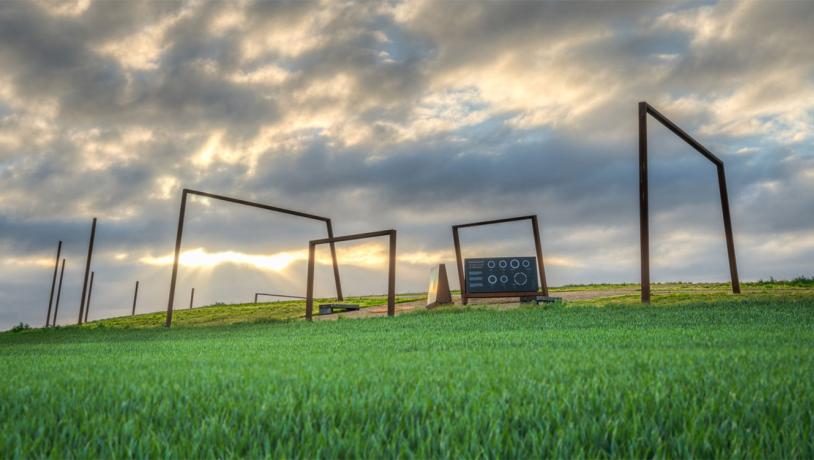
Photo:LOOP Architects
Borgring - the end of the Viking Age
Borgring is Harald Bluetooth's prominent symbol of royal presence in the area around present-day Køge and his vision of a Christian kingdom, while the old royal seat in Lejre had played its role and disappeared. Borgring is also the most recently discovered castle, as it was only discovered in 2014 and was never completed. It marks the end of the Viking Age and the beginning of the Denmark we know today. In the period 2016-2018, extensive excavations were carried out, which have led to a number of new insights into architecture, function, dating, historical contexts, the castle's surroundings, transport conditions and contemporary settlements locally and regionally. In 2025, a new experience centre will open on the site.
Facts:
- The inner diameter of the Ring Castle is 100 metres.
- Museum Sydøstdanmark, Algade 47, 4760 Vordingborg, Denmark